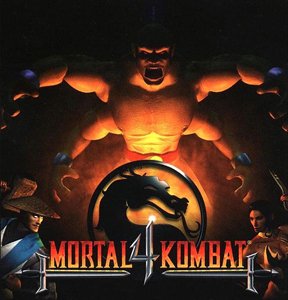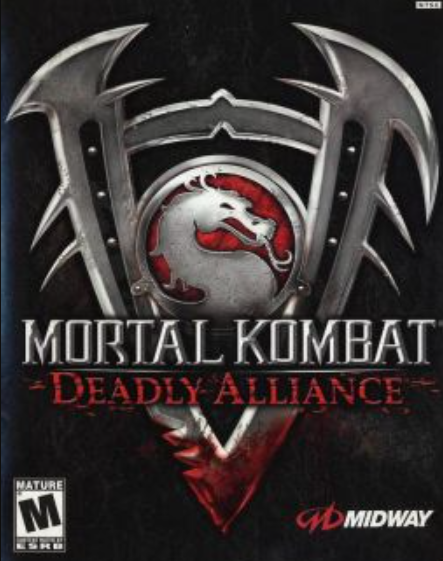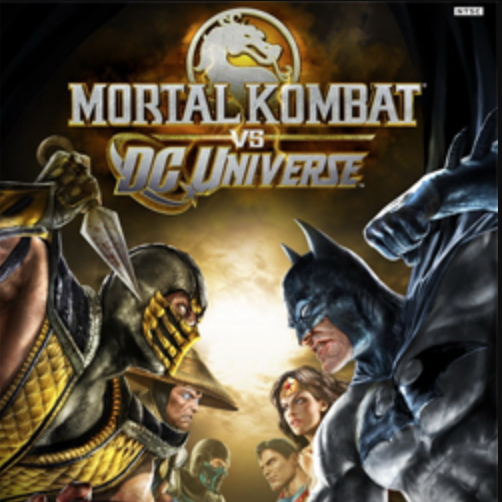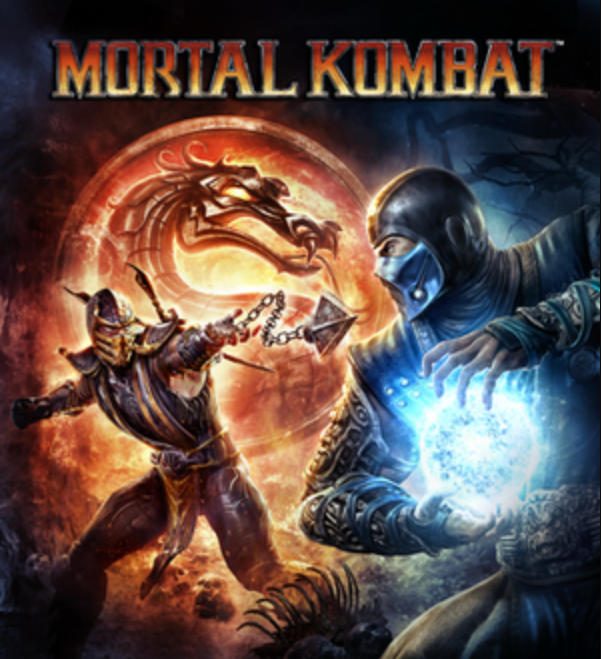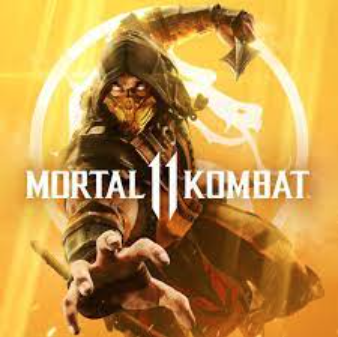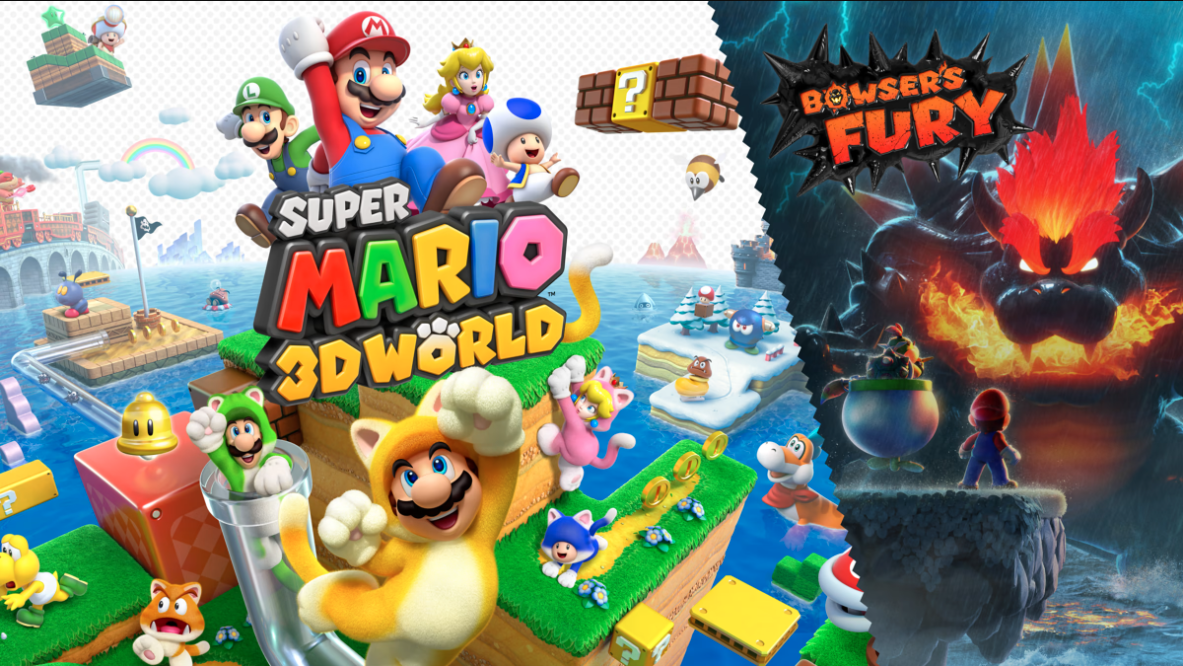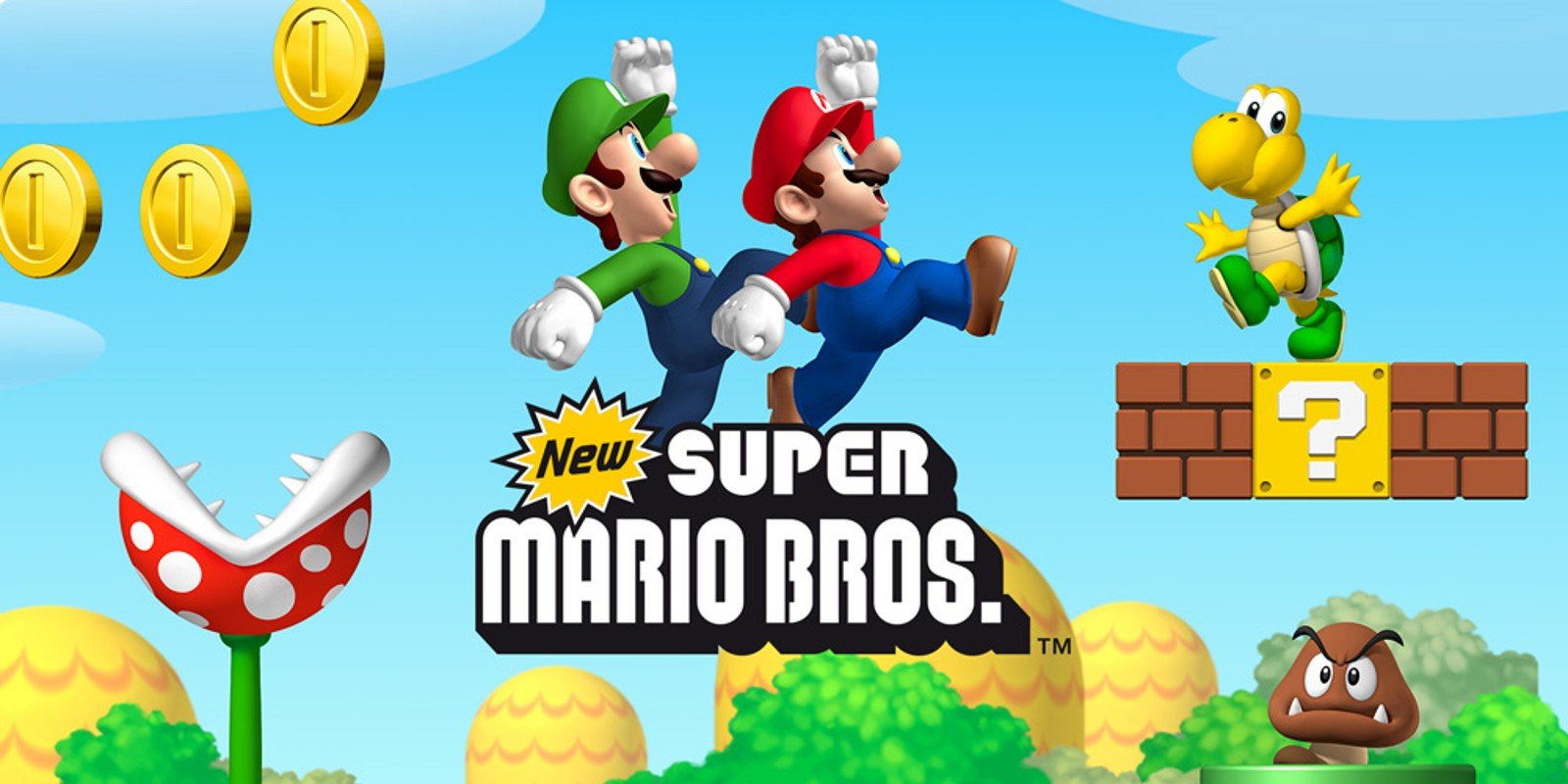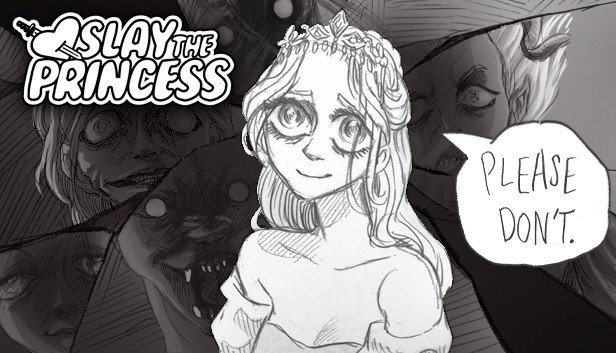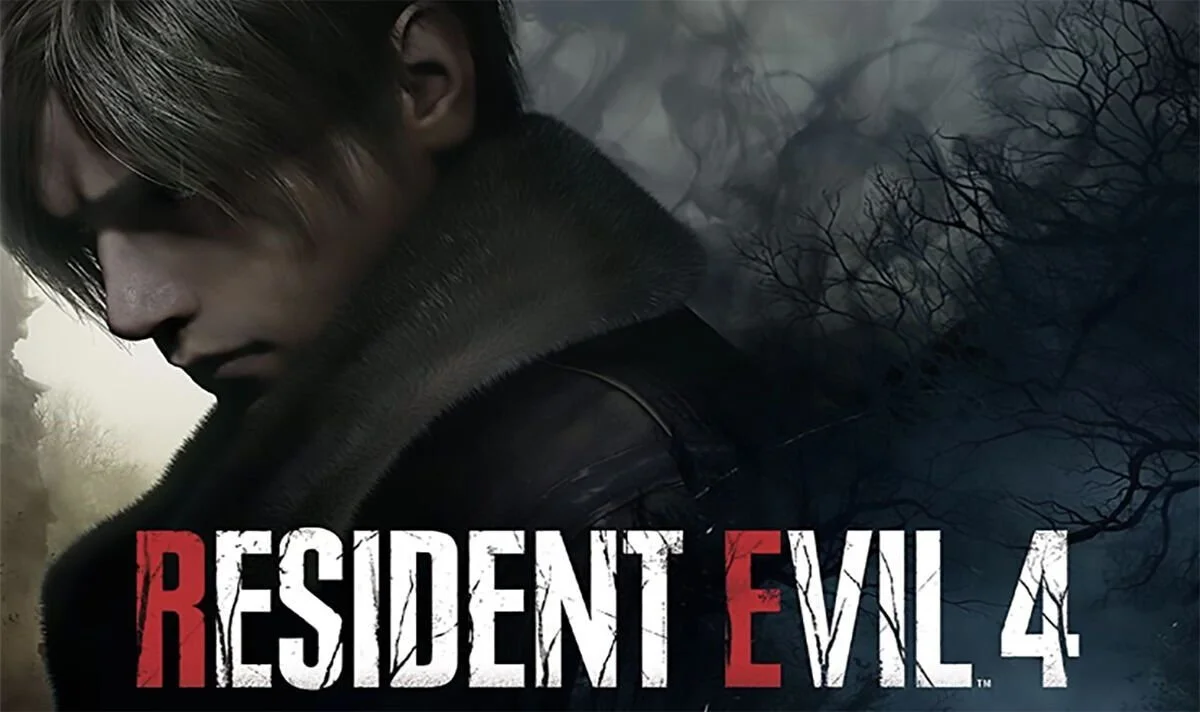Nostalgic Vibes and the Shift to 3D Gaming
Rich L
Media is currently selling us on nostalgia. While movies and television are always doing reboots, and cranking out remakes, video games are following this trend to an arguably higher degree. It makes me question, how old does a video game have to be, for it to be considered nostalgic? When video games pander to nostalgia, it's typically referencing content that originated from the 80's through the early 90's. However, even the early 2000s are considered the “older generation” when it came to game generation, especially 3D games. It feels like the transition to 3D graphics, for some video games, was seen by developers as their “awkward teenage phase”.
During this teenage phase however, there were two IPs that I've grown up with that underwent transitions from 2D to 3D games, and during these shifts, tended to overlook significant parts of their history.
Mortal Kombat
Mortal Kombat started off using digitized 2D sprites when it started in the early 90's, then transitioned to 3D graphics, first with Mortal Kombat 4, and then into full 3D, paralleling games such as Tekken and Soul Calibur. I entered the series at the end of the 2D era with Mortal Kombat: Trilogy, and then became invested with the first full 3D entry Mortal Kombat: Deadly Alliance.
As I recall, most of the 3D era Mortal Kombat games reviewed well. However, they didn't match that level of success that their 2D predecessors did. Many felt that the 3D gameplay was not as fun, and a lot of the new characters were less memorable.
After the release of Mortal Kombat vs. DC, Midway went bankrupt, then was later acquired by WB games. Mortal Kombat (2011) brought the series back on the map and focused on recreating the plots of the original three games. Due to this shift, there were minimal characters or elements from the 3D era games outside of two characters: (Quan Chi and Kenshi) and the return of The Krypt (side game to unlock extras). At the time, I was just happy to see Mortal Kombat make a return, but when the end of the game's story teased the plot of Mortal Kombat 4, it created expectations with fans eagerly anticipating an influx of characters from the later games in the next installment. But this did not pan out as only a few of those characters were brought back in the sequel, Mortal Kombat X, with even less in the following game, Mortal Kombat 11. The Krypt remained but didn’t have the other fun mini games or side type of modes like the 3D games.
The newest entry, Mortal Kombat 1, attempted to fix this perception, by bringing back 5 or more of the 3D-era characters back on the roster. Two of the characters are being portrayed by notable stars, with Kelly Hu (who voiced D'Vorah, Sindel, and Frost in Mortal Kombat X) taking on the role of Li Mei and Megan Fox stepping into the character of Nitara. Some of the stages from that era are re-imagined, as well as a new mode called Invasions which takes some inspiration from one of the major modes of the 3D games, Konquest. This has been exciting to see, and so far, they've done a fantastic job of bringing these characters into a modern 2D game. It goes to show that embracing the mistakes of the past could lead to a game’s successful future. Furthermore, it highlights that certain characters were hindered by the limitations of the engine during that period and not by the creators.
Sonic the Hedgehog
Sonic the Hedgehog
SEGA's spikey blue mascot, started off as a faster, more edgy, 2D platformer than Mario, and in the late 90's/early 2000's, many of Sonic's games transitioned to 3D (If you've noticed the pattern, that is when the games became more divisive). The earlier 3D games for the Dreamcast, Sonic Adventure 1 and 2, are fondly remembered and after that faithful 3D beginning, this was when reviews went from mixed, to many seeing the Sonic franchise as a laughable failure. This was mainly due to the games becoming glitchy, incomplete, and bogged down by gimmicks. It was also a common opinion that the game's plots were taking themselves too seriously for Sonic games, and that Sonic had too many “friends” in the series. Many wanted to game, not explore the Sonic-Verse.
Sonic Colors, which released in 2010, was a game changer that was well received. The gameplay was a major improvement and had a much lighter tone. At first, I welcomed these changes, as it felt like a breath of fresh air, and I was also willing to deal with Sonic being the only playable character.
However, over a decade later, it still feels as though Sega is reluctant to embrace certain aspects of 3D gaming, and I was beginning to miss the more serious stories as well as all of the playable characters. Many of the characters that were introduced in those games: Shadow, Silver, Blaze, etc. are barely around, let alone playable. The games tend to control on a 2D plane rather than a 3D plane, and they also eliminated the Chao Gardens, which used to be a very in-depth mini game.
Overall, it appears SEGA may be interested in continuing to create 2D games that date back to the original formula of their timeless Genesis titles. This could involve keeping the games relatively simple in terms of storytelling and featuring characters from their "classic" era. This approach is reminiscent of the company's efforts to appeal to new fans of their retro games and create nostalgia using a 16-bit blueprint. Sonic Mania started this trend as a huge hit back in 2017, and Sonic Superstars (2023), its successor, is slated to release in mid-October (2023).
Or.....maybe they’re going for a more 3D based game with a darker tone, thanks to the praise of Sonic Frontiers which released in 2022, and their final content update allowing for a more playable experience with new characters and adventures.
Sidenote: The most popular character from the 3D games, Shadow the hedgehog (Left), will also make a debut in the next live action film.
Final Takeaway
It should be noted that there are other examples of this 3D - trend happening with long running video game franchises, such as Nintendo’s Mario and Donkey Kong. Yet, I still ask the question, when does a video game become nostalgic?
The creators of certain game franchises are older than me, and it's likely that when they were my age (early 2000s), games like the current Mortal Kombat and Sonic titles felt to me as their original IP felt to them. While my generation appears to represent a larger audience of gamers, it would make sense to cater more to my age group. However, game developers also need to create content that they, personally enjoy, and continue to cater to a younger audience. I can understand the hesitation to incorporate all the elements from the past; nevertheless, it's gratifying to witness some franchises successful attempts to reshape and enhance their “nostalgic IP” for a more modern era.




